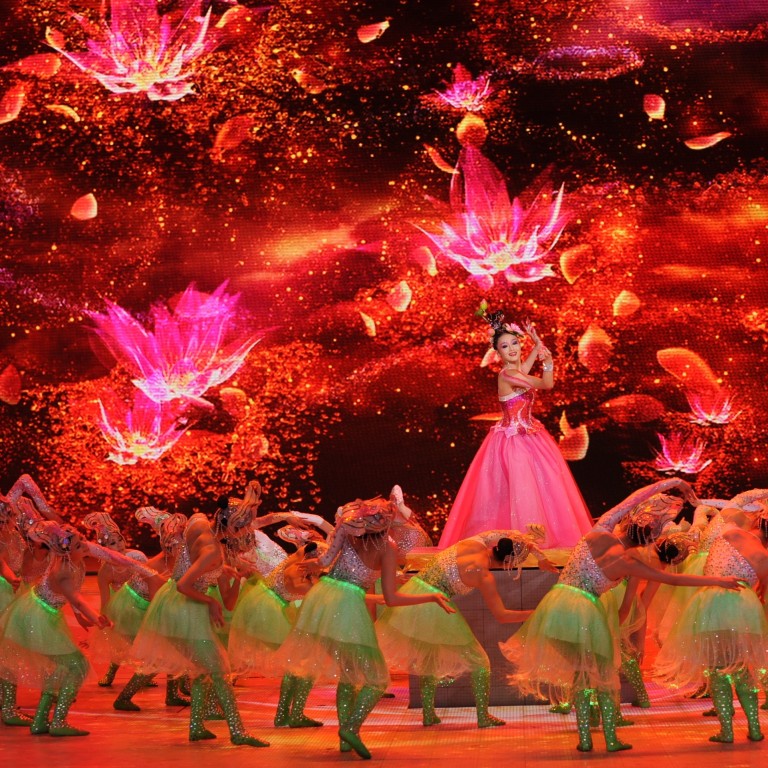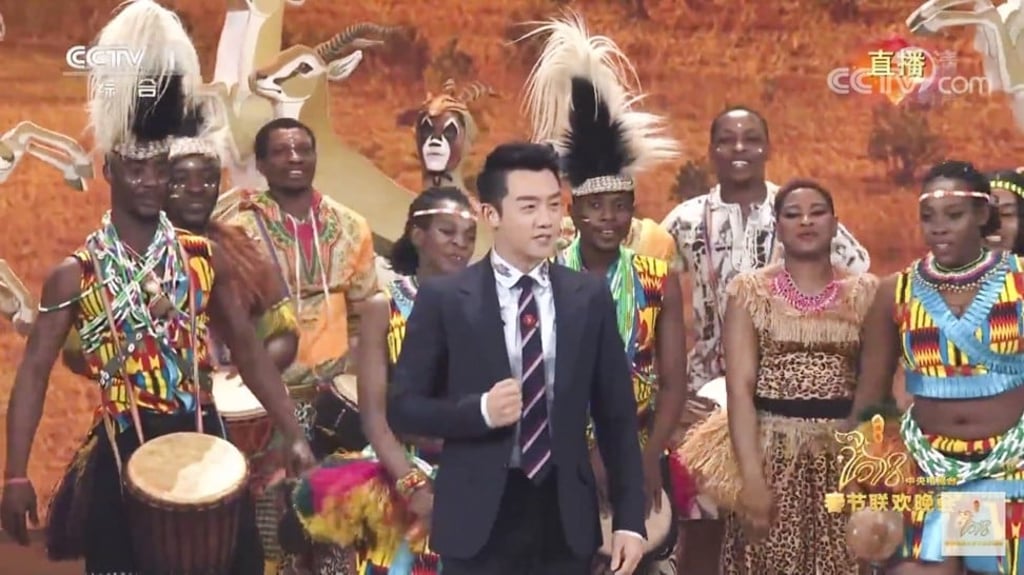Why ‘Chunwan’, China’s Lunar New Year gala, is the world’s most-watched TV show

The glitzy variety programme, which has social media buzzing in anticipation before each annual broadcast, attracted a whopping one billion viewers in 2018
Chunwan, CCTV’s annual gala that is aired on the eve of Lunar New Year, has been the mainstay of Chinese families around the globe ever since it was first broadcast on the network in 1983.
The show has been equated to turkey at Thanksgiving: it may not be for everyone, but without it, the festive atmosphere would be missing something crucial.
Broadcast on national and local channels, Chunwan draws millions of viewers each year, and according to the Guinness World Records, the 2018 edition attracted a whopping one billion people, making it the most-watched television programme in the world.
The 2019 edition, due to be broadcast on February 4, promises to continue reflecting how China wants the world to see it today.
Interior designer Wallace Lin Chun-kwai, 50, is the founder of 030 Interiors. Originally from Hong Kong, he lived in Shanghai between 2001 and 2016.
“The Lunar New Year holiday is much longer in mainland China compared to Hong Kong,” Lin says. “Upon returning to Shanghai after spending the holidays back home, I discovered there wasn’t much to do since everyone else was still away. So my friends and I watched reruns of Chunwan during that time.”
He observes that CCTV cleverly broadcasts Chunwan live, between the hours of 7pm and 1am, when every Chinese family is gathered to celebrate New Year’s Eve with a big feast.
“When Chunwan first aired in the early ’80s, it was a huge deal,” Lin explains. “Some villages at the time only had one television, which the entire community shared. I remember when the renowned director Zhang Yimou – of Hero and The Great Wall fame – was in charge of Chunwan’s look and feel. Since he is such an expert in colour and set design, he really influenced how Chunwan was produced from then on.”
